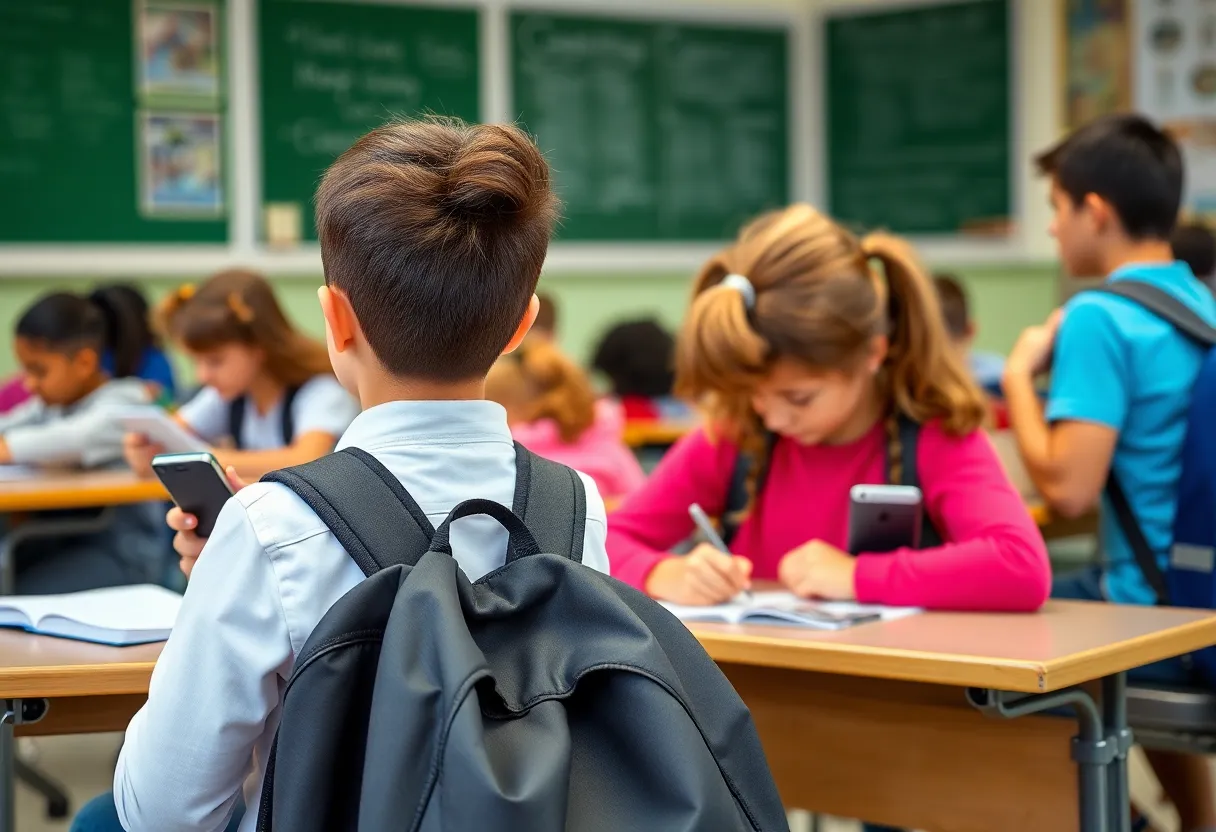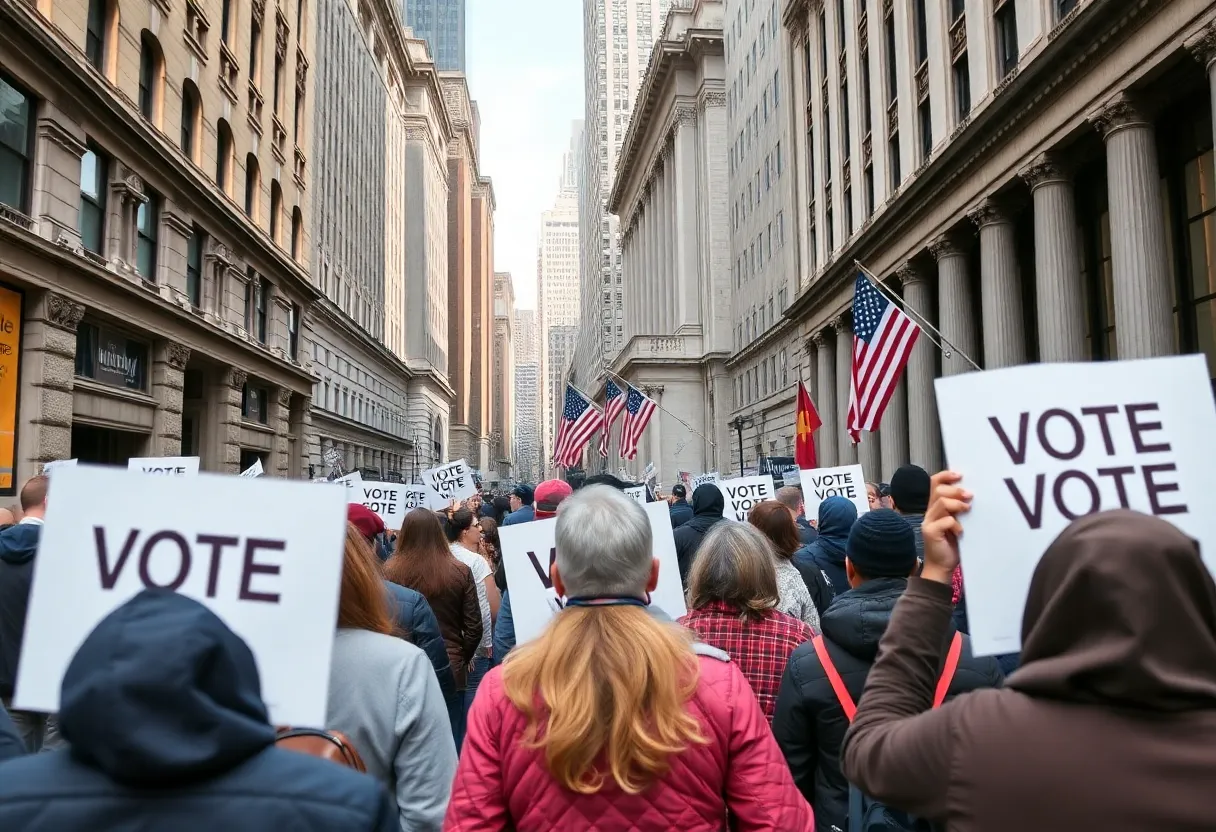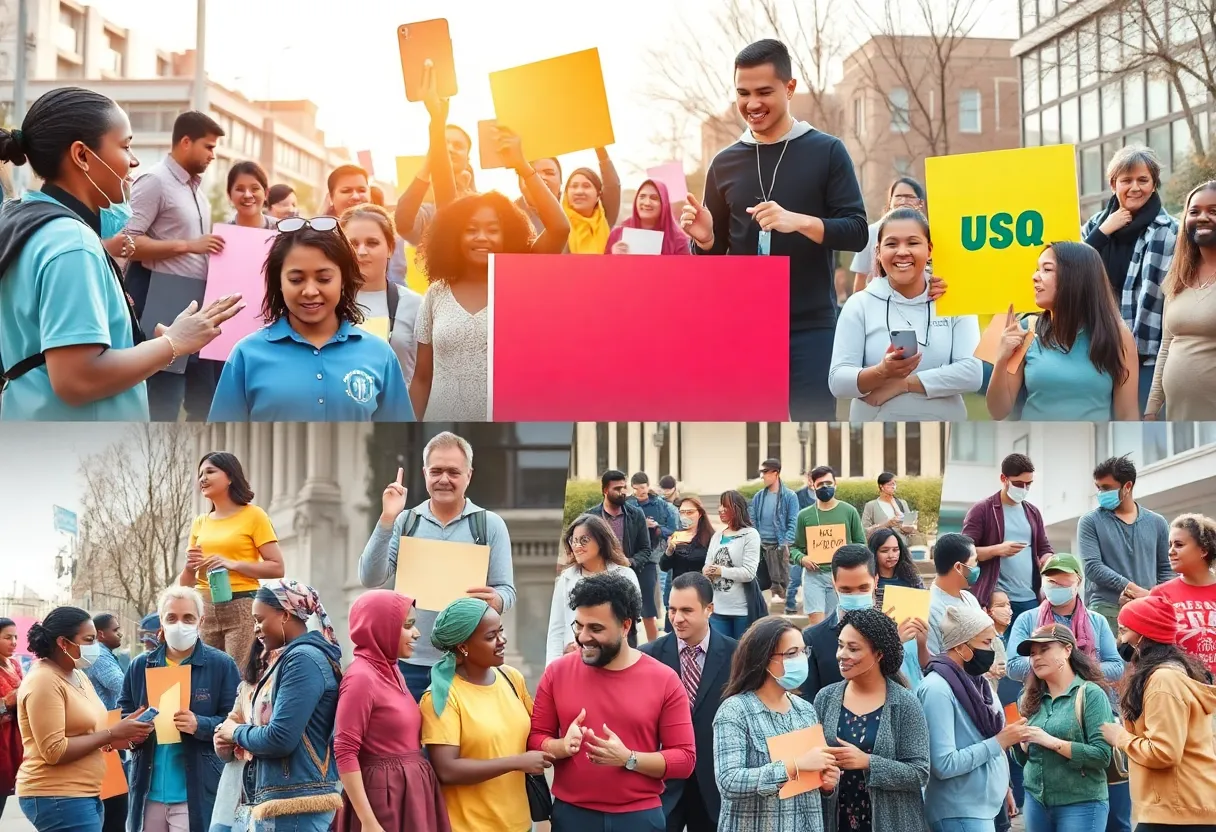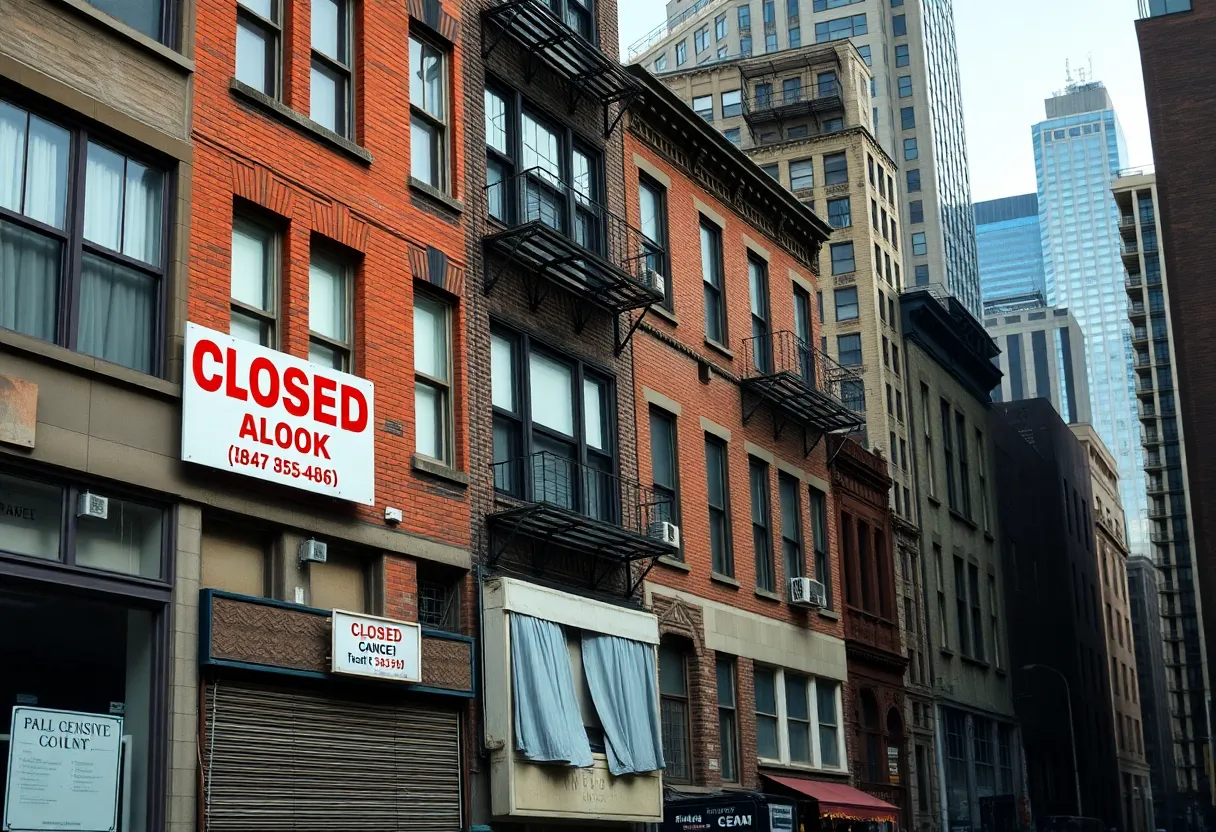News Summary
New York is implementing a ‘bell to bell’ cellphone ban in public schools starting next academic year. This law prohibits student cellphone use during school hours, highlighting a shift to enhance academic focus. Supporters argue this will improve learning outcomes and reduce bullying, while opponents express safety concerns, particularly during emergencies. The legislation allows for district flexibility in implementation, with exemptions for students needing phones for medical or other critical reasons. As the ban approaches, stakeholders must navigate its implications for students and school communities.
New York to Implement ‘Bell to Bell’ Cellphone Ban for Public Schools
New York is set to enforce a “bell to bell” cellphone ban in public schools beginning in the next academic year. This decision, announced by Governor Kathy Hochul, establishes New York as the fourth state in the United States to introduce a comprehensive restriction on cellphone usage during school hours, following similar measures by California, Florida, and Louisiana.
The new policy mandates that school districts prohibit student cellphone use throughout the entire school day, from the ringing of the first bell to the last. Individual school districts will determine how to effectively implement the ban, allowing them flexibility in managing cellphone access for students.
Supporters and Opponents Weigh In
The announcement has sparked a significant response from various stakeholders. Supporters of the ban argue it has the potential to lead to a range of positive outcomes, including improved academic performance, reduced bullying incidents, and lower rates of student depression. Raj Goyle, the founder of Phone Free New York, highlighted data from schools that previously enacted similar policies, suggesting positive results in those environments. New York City Schools Chancellor Melissa Aviles-Ramos also expressed support for the ban, noting its importance for maximizing instructional time while allowing schools to design their cellphone policies.
Conversely, opponents of the ban, including some students, have raised concerns regarding safety. For instance, one student expressed anxiety over the inability to contact parents during emergencies, such as school shootings or lockdowns. These worries highlight the ongoing debate between maintaining student safety and ensuring a focused educational environment free of distractions.
Mixed Reactions Across the State
Responses to the cellphone ban have varied widely, particularly among parents and students in districts like Baldwin Union Free School District, which currently enforces its own cellphone policy. In Baldwin, students are allowed to keep their phones in backpacks, with the option to use them in hallways and during lunch periods. The new ban, however, would completely eliminate these allowances, raising concerns about how it will impact students’ daily routines.
Other school districts in the state, including Jericho, Hempstead, and Smithtown, have already adopted similar cellphone restrictions, indicating a broader trend toward minimizing cellphone usage in school environments.
Exemptions and Considerations
Governor Hochul’s plan includes provisions for exemptions, allowing students who require phones for medical needs, learning disabilities, or language barriers to retain access. These exemptions aim to address concerns about the implications of such a sweeping policy on vulnerable student populations.
Looking Forward
As the implementation date approaches, various stakeholders will need to navigate the challenges presented by the new regulations. Schools will need to develop and communicate clear policies, and students and parents will have to adjust to the new rules governing cellphone use in educational settings. The ultimate impact of the ban will depend on how effectively schools engage with their communities to support the changes while addressing safety and accessibility concerns.
In summary, New York’s forthcoming “bell to bell” cellphone ban represents a significant shift in the policies governing student behavior in public schools. As educators, parents, and students grapple with the implications of this ban, it will be essential to monitor its effects on school environments and student well-being throughout the upcoming school year.
Deeper Dive: News & Info About This Topic
HERE Resources
New York Bans Smartphone Use During School Hours
New York State Finalizes $254 Billion Budget Agreement
New York State Budget Negotiations Overdue
New York Budget Deal Offers Financial Relief for Families
New York State Approves $254 Billion Budget with Reforms
New York State to Issue Inflation Refund Checks
New York Governor Announces Historic $254 Billion Budget
Disillusioned Democratic Voters Reflect on Trump Support
Governor Hochul Announces Controversial Payroll Tax Increase
Albany Unveils $254 Billion Budget Focused on Change
Additional Resources
- RealClearInvestigations: Early Stats Don’t Support School Cellphone Bans
- Wikipedia: Cell Phone
- USA Today: What We Know About NY School Cellphone Ban
- Google Search: School Cellphone Ban New York
- New York Times: NYC Schools Cellphone Ban
- Google Scholar: School Cellphone Ban
- ABC7NY: NY School Phones Ban Draws Mixed Reaction
- Encyclopedia Britannica: School Cellphones
- CBS News: NYS Budget Hochul School Cellphone Ban
- Google News: New York School Cellphone Policy







